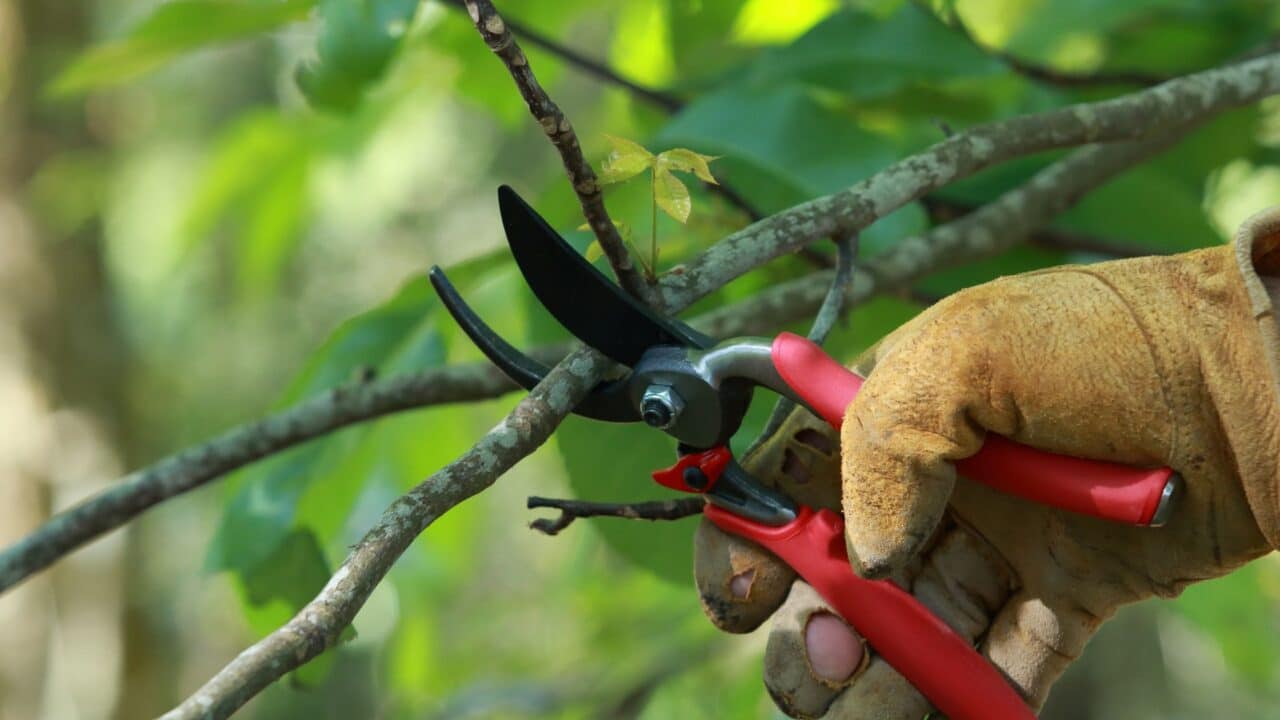Bushes and shrubs are a vital part of any well-maintained landscape. They create structure, add privacy, and contribute to curb appeal — but only if they’re properly cared for. At Colin Can Help, one of the most common questions we get from homeowners and realtors alike is: “When should I trim my bushes?” The answer depends on the type of shrub, your goals (aesthetic vs. health), and the time of year.
Here’s a detailed, season-by-season guide tailored for Northeast Ohio’s climate, so you’ll know exactly when and how to get the best results.
🌱 Understanding Why Timing Matters
Trimming at the wrong time can lead to:
-
Reduced blooms
-
Cold damage
-
Unnecessary stress on the plant
-
Increased susceptibility to disease
Knowing the correct trimming window helps you:
-
Promote healthier growth
-
Maximize flowering
-
Prevent overgrowth and pest issues
-
Maintain a sharp, clean appearance year-round
🗓️ Seasonal Trimming Guide for Northeast Ohio
🌸 Spring (March – May): The Wake-Up Season
Best for: Shaping evergreens, removing winter damage, prepping summer bloomers
Spring is the most common time homeowners want their landscape cleaned up — and for good reason. Once the threat of hard frost passes (usually mid to late March), it’s safe to start cutting.
Good trimming targets in spring:
-
Boxwoods, yews, and hollies – Light shaping and thinning
-
Spirea, potentilla, and butterfly bush – These bloom on new growth, so spring pruning encourages more flowers
-
Dead/damaged branches from winter storms
Avoid: Pruning spring-blooming shrubs like lilacs, azaleas, or forsythia before they flower, or you’ll cut off this season’s blooms.
☀️ Summer (June – August): The Touch-Up Window
Best for: Mid-season shaping, size control, aesthetic maintenance
By early summer, most bushes have put on their initial flush of growth. This is an ideal time for light touch-ups if shrubs are looking a little wild.
-
Trimming in early summer (June) helps maintain shape during peak growing season.
-
Avoid trimming during drought conditions or extreme heat (typically July–August) unless absolutely necessary.
-
Keep an eye out for suckers or water sprouts — they can be safely removed at any time.
Perfect for: Hedges, foundation shrubs, landscape beds near entryways, or any high-visibility area.
🍁 Fall (September – November): The Controversial Season
Best for: Minor thinning, health-focused clean-up, preparing for dormancy
Fall pruning is a bit debated. Some experts say trimming too late can trigger new growth that may die in winter. However, in Northeast Ohio, if you trim early enough in fall (by mid-September) and focus on light corrective pruning, you’re fine.
-
Remove any dead, diseased, or crossing branches
-
Thin crowded areas to improve airflow before winter
-
Avoid heavy shaping — this can stress the plant going into dormancy
Fall tip: This is also a great time to mulch around the base of shrubs to protect roots and retain moisture.
❄️ Winter (December – February): Dormant Season Pruning
Best for: Major reshaping, hard pruning, disease prevention
Winter, when plants are fully dormant, is often the best time for aggressive cuts — especially for overgrown or neglected shrubs.
-
With leaves gone, you can see the structure of the bush more clearly
-
Cuts are less likely to transmit disease
-
Pruning in late winter (February) sets the stage for strong spring growth
Ideal shrubs for winter pruning:
-
Overgrown boxwoods, viburnums, hydrangeas (panicle types), hollies
Avoid: Spring bloomers again — unless you don’t mind skipping this year’s flowers.
🌳 Matching Trimming Time to Shrub Type
Some Northeast Ohio favorites and their ideal pruning windows:
| Shrub Type | Bloom Type | Best Time to Trim |
|---|---|---|
| Lilacs | Old wood | Immediately after blooming (late spring) |
| Spirea | New wood | Late winter or early spring |
| Boxwood | Non-flowering | Late spring + light summer shaping |
| Forsythia | Old wood | After blooming (May) |
| Hydrangeas | Depends on type | Panicle = late winter; Mophead = after bloom |
| Yew & Arborvitae | Evergreen | Light spring shaping; mid-summer touch-ups |
✂️ How Colin Can Help Handles Trimming by Season
We don’t treat bush trimming like a “one size fits all” job. Each visit is based on:
-
Time of year
-
Plant health
-
Growth habits
-
Your goals (neat appearance, growth reduction, increased blooms)
Here’s how we work:
-
Assessment: We identify each type of shrub and determine the best trimming approach.
-
Timing Plan: We schedule your trimming for the optimal window — not just when it’s convenient.
-
Execution: Every cut is made with plant health and landscape aesthetics in mind.
-
Cleanup: We always haul or bag clippings so your property is spotless when we leave.
Whether you need a one-time spring trim, help recovering a bush from neglect, or regular seasonal maintenance, we’ve got a plan that fits.
🛑 Bonus Tips: What Not to Do
-
Don’t trim heavily during mid-summer droughts
-
Don’t shear flowering shrubs before identifying their bloom type
-
Don’t use dull tools — ragged cuts invite disease
-
Don’t “top” shrubs — flat-topping encourages weak regrowth
📍 Northeast Ohio Weather Considerations
In zones like 6a and 6b, where Euclid and the Greater Cleveland area fall, winter can be unpredictable and late frosts are common. Always keep an eye on the 10-day forecast before trimming in early spring or late fall. A surprise freeze after a trim can damage new shoots or stress recovering shrubs.
✅ Final Takeaway
The best time to trim your bushes in Northeast Ohio depends on what you’re trimming, why you’re trimming, and how the weather is behaving. When in doubt, call in a pro — and make sure they understand local plant types and seasonal best practices.
At Colin Can Help, we don’t just trim for looks — we trim for plant health, long-term curb appeal, and happy homeowners. Ready to get your bushes in shape? Reach out for a quote today.
[/vc_column_text][/vc_column][/vc_row]

